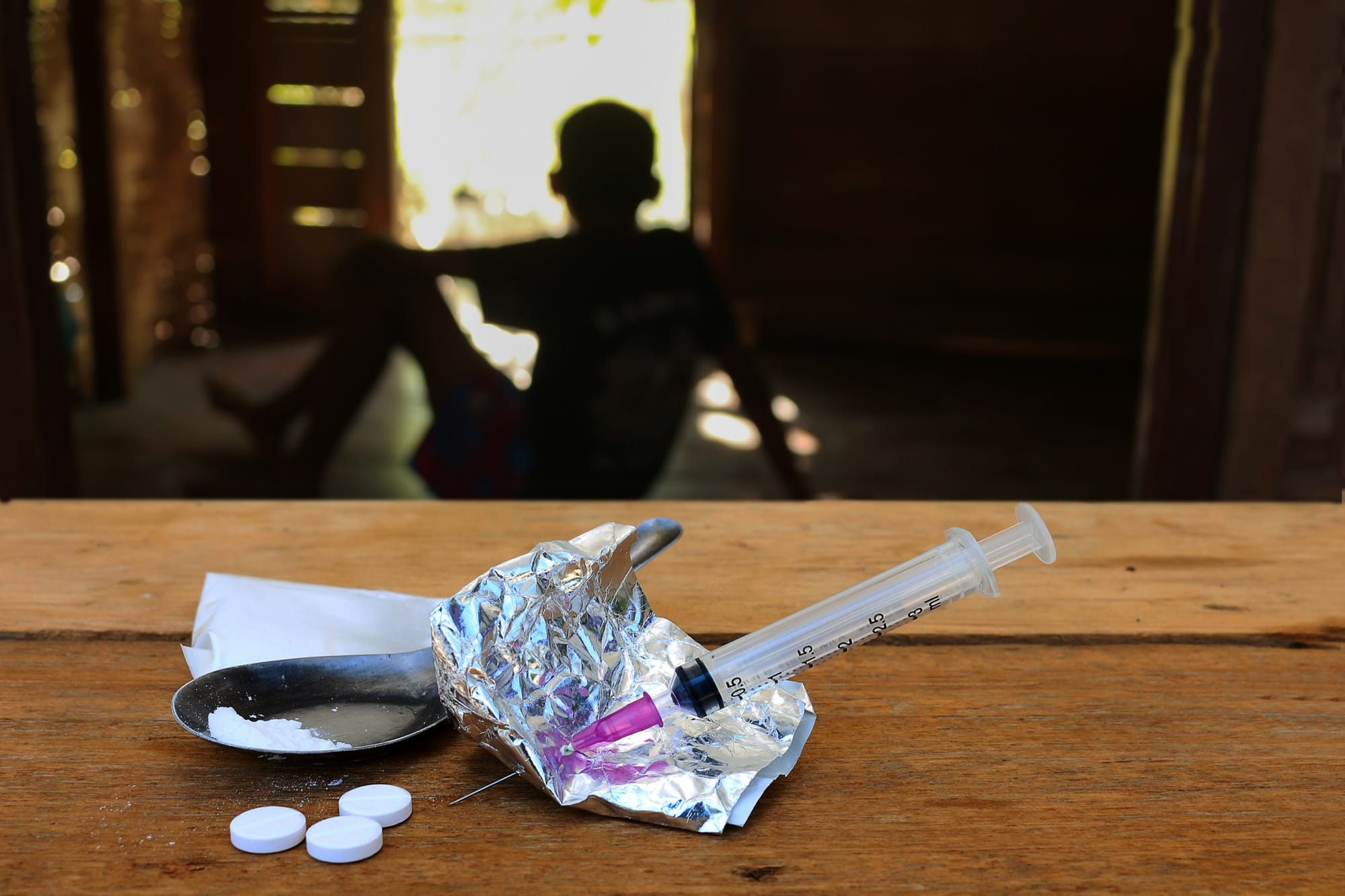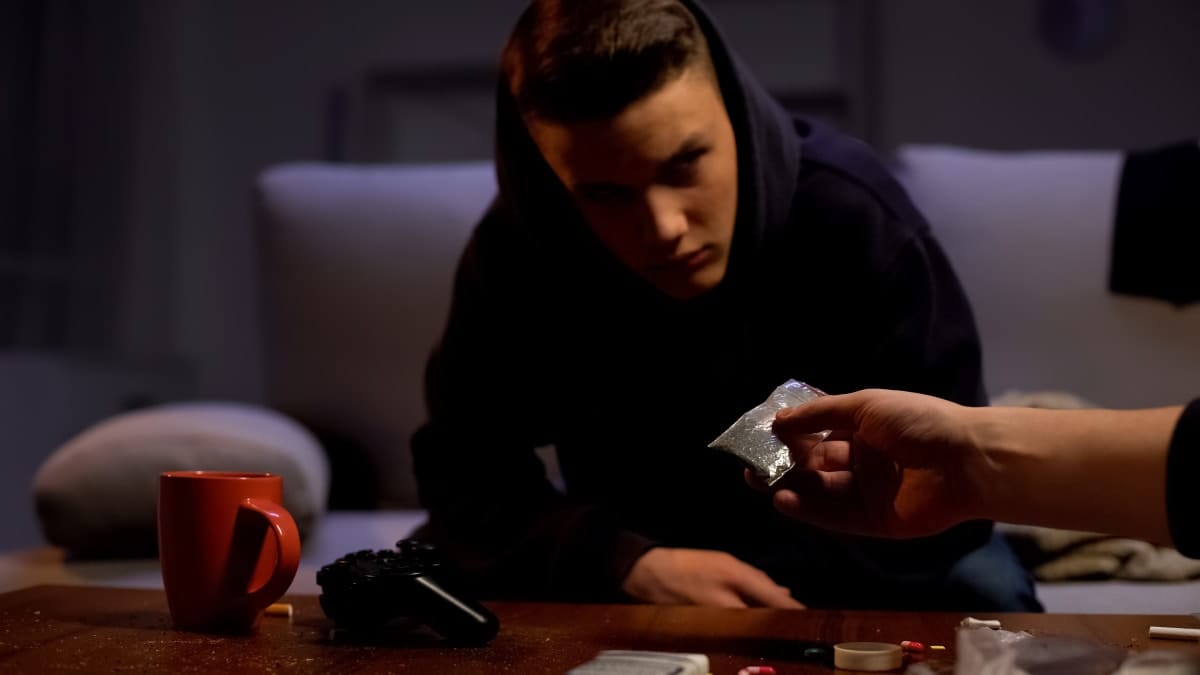
Associate Professor Bernadette Ward, from Monash Rural Health, is helping lead a huge expansion of research into illicit drug use in rural Victoria, collecting information on what’s now the largest active group of people who use drugs in Australia.
The new study, called MIXMAX, combines two established projects – the SuperMIX study of people who inject drugs, and the VMAX study on methamphetamine (ice) smoking in metropolitan and regional Victoria.
MIXMAX is a partnership between Monash Rural Health and the Burnet Institute. It will initially focus on the Mildura region after receiving new funding from the National Health and Medical Research Council (NHMRC).
SuperMIX began in 2008, and is a Burnet Institute study based in Melbourne. VMAX began in 2016, focusing on Melbourne, Bendigo, Shepparton and Gippsland.

A community event by Monash Rural Health and the Burnet Institute will be held in Mildura tonight, 8 November, to explain the expansion. Researchers will also meet healthcare workers and a regional Indigenous health group ahead of the study.
Here, Associate Professor Ward details the new project for Lens ahead of the Mildura event.
“We do know that in Mildura, anecdotally, there are lots of reports of people and family members and friends who've experienced some of the harm related to illicit drug abuse.
“Traditionally, in places like Mildura, small rural towns, there may have been some research done, but it's usually a one-off. And what we’re now launching into is a five-year study in Mildura, where we follow people for five years.
“There'll be enormous flexibility. We’ll be recruiting several hundred research participants in the Mildura area. We’ll be following them over time and talking to them about their illicit drug use, their mental health, their support services, their family, who they live with, what support they get, their involvement with the criminal justice system, and their behaviours around things like driving, how they use the drugs, and the frequency.
We'll also be seeking permission from them to collect some blood to look at their bloodborne virus status, so their hepatitis C, and HIV. Of course, participants in the study will be given their results of these tests.
“One of the challenges we have here is making sure people know that we won't be going to the local providers of these services to ask for data. When we ask for information about arrests, we'll be going to the state police dataset, not the local police station, not the local hospital, not their local doctor, not the local pharmacy, because there's some sensitivities, particularly in rural towns.
“We need this evidence to inform local health service planning. Unless we know this stuff, we’re acting in the dark.
“With the bloodborne viruses, we know that many people either might know they've got one but don't seek treatment for fear of shame or stigma, or they may not even know their diagnosis.
“These things are easily fixed, but people need to be in a position where they feel safe to go and have those things looked at. We have a harm minimisation approach to drug use in Australia, and that's the framework we need to operate within, and so making sure people understand what language we use around illicit drug use, how we need to support people, and how this is a health issue and not a criminal justice issue is very important.
“The other thing that we know in rural and metropolitan Australia is that for people who use methamphetamine, smoking is now the most common route of administration. And many people who use illicit drugs also smoke tobacco and cannabis.
“No one knows much about their lung function. We're also going to ask people permission to do some lung function testing, and we'll be able to give people those results when we do it.
“The richness of this study is that in addition to collecting all this data from people, we’re going to build a really broad picture of what's happening for people and try to work out the points where we might be able to intervene, and what things make a difference.
“For people who use methamphetamine, we hypothesise that they may be different to people who inject drugs. People who smoke methamphetamine are not going to a needle exchange service to collect fits. They're often not a visible population. And in rural towns, we really need to try and identify what works for people and how we provide those services, and unless we've got the evidence, we can’t do that.
“One of the problems, though, is methamphetamine use has received unprecedented amounts of negative media attention in rural towns, which has resulted in names like ‘ice towns’.
“People just don't want those names attributed to their small rural community, and that’s absolutely fair enough. We will not identify them by the name of their town. We report by geographical classification systems.
“In our presentations, we’ll be giving people in the region an overview of the patterns of illicit drug use in Australia and what we already know. We'll talk about what might be unique to methamphetamine use versus other illicit drugs. We'll talk about what we know in terms of what works.
“At the moment, there’s no pharmacotherapy for methamphetamine. Unlike opioid drug use where you can get access to treatments like methadone, there’s nothing like that. In the absence of that, what do we know that might make a difference, and what do we not know?
“We know the social determinants of health make a massive difference. Just because you live in a rural area doesn’t mean you’re worse off. There are people who use methamphetamine that manage quite well, but for some people who use it combined with all their other levels of disadvantage, it creates a lot of drug-related harm.
“We know people who inject drugs are very high users of hospital emergency departments and inpatient services, but we don’t always know if people disclose or whether people are asked about their drug use in a way that helps them disclose and informs their treatment.
“We know that in rural areas, stigma is huge, and so, too, is shame for many people.
“We also know that access to treatment services in many rural areas is poor, so we don’t know whether people have stopped seeking treatment, or the treatment’s just not there. Do they just get tired of trying? Do we need to think about other ways of supporting people to get treatment? And in the post-COVID world of telehealth, maybe that’s something we need to think about, too.
“One of the great things about the Mildura region is that services generally work together well, and there's a real commitment to try and support people. Stakeholders in this are keen, they want more research. Getting the community onboard is crucial, though.”





